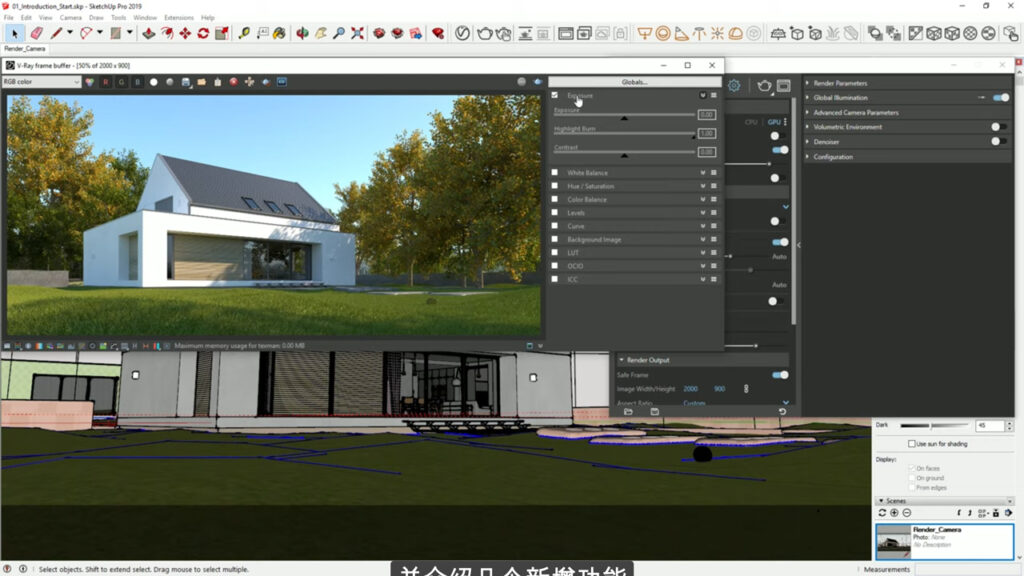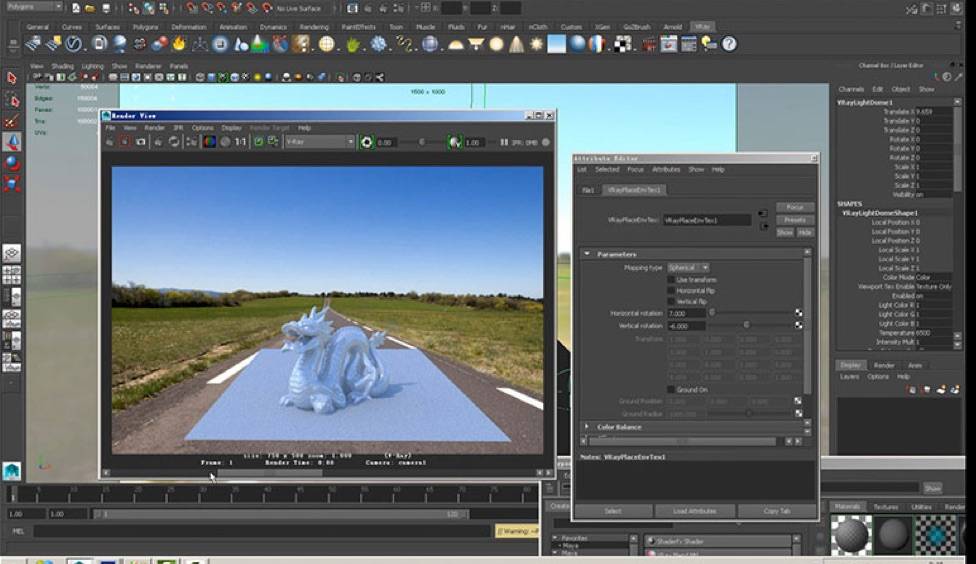


There is also a new implementation for SSS mode, which should speed up rendering of translucent materials. VRayMtl, the standard V-Ray material, gets a new integrated Thin Film layer for creating iridescent materials like soap bubbles and oil spills: effects previously only achievable via an OSL shader. Updates to VRayMtl, VRaySky, the Dome light and the VFB Suggested use cases range in scale from fences to chainmail and rattan to the micro-structure of fabrics. Unlike instancing, no extra memory is used by the repeating geometry – only the source mesh is loaded – making it possible to have “billions of polygons without any impact on the memory consumption”. Major new features include the VRayEnmesh modifier, which covers the surface of an object with repeating geometry, in a way analogous to tiling a texture. The release makes Maya the second host application to get the new features from V-Ray 6, following the release of V-Ray 6 for 3ds Max earlier this year. V-Ray Enmesh generates repeating surface geometry without instancing New features in the latest major version of the renderer include V-Ray Enmesh, Chaos’s system for repeating geometry across the surface of an object without instancing, and procedural clouds in V-Ray Sky.Ĭhanges unique to the Maya edition include a new V-Ray Profiler for identifying rendering bottlenecks in scenes, and extended USD support, including support for VDB volume shaders in USD.įull disclosure: the beta was actually released last month, but we only spotted it while working on a story on V-Ray 6 for Cinema 4D, which has also just been released in open beta. Scroll down for news of the public release.Ĭhaos has released V-Ray 6 for Maya in open beta.


 0 kommentar(er)
0 kommentar(er)
